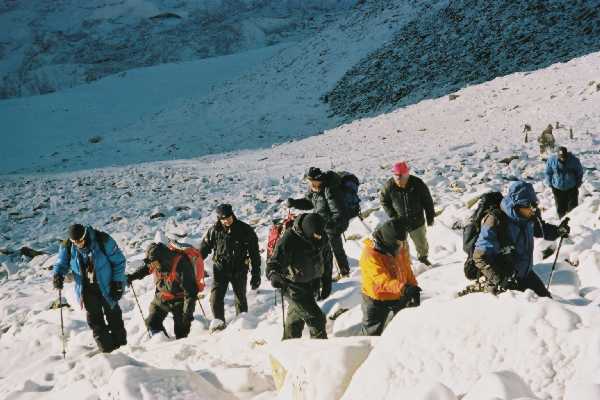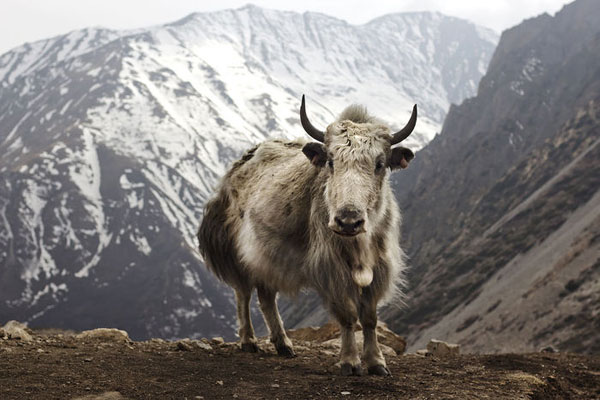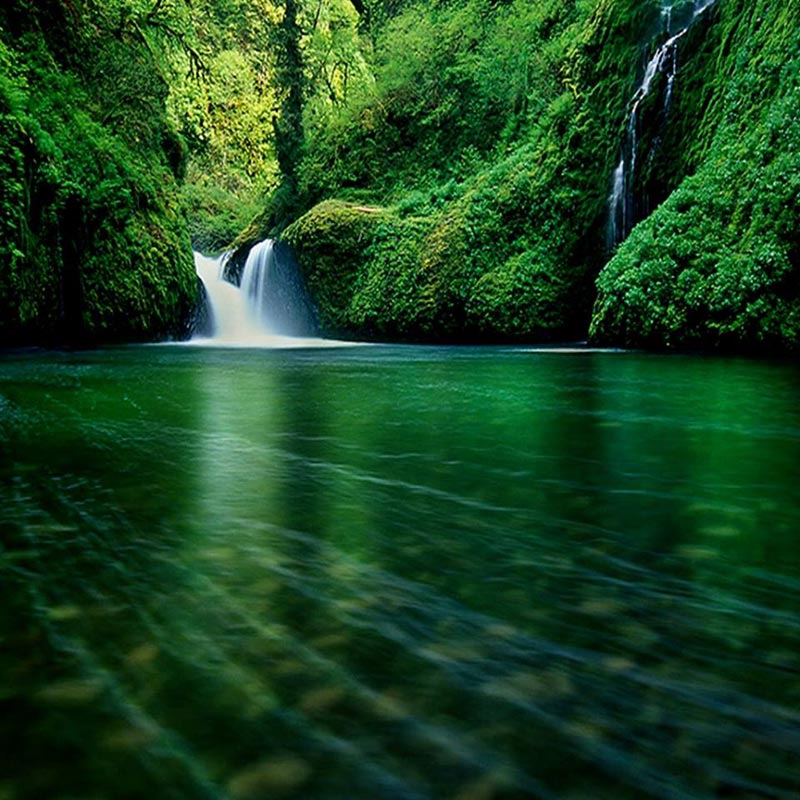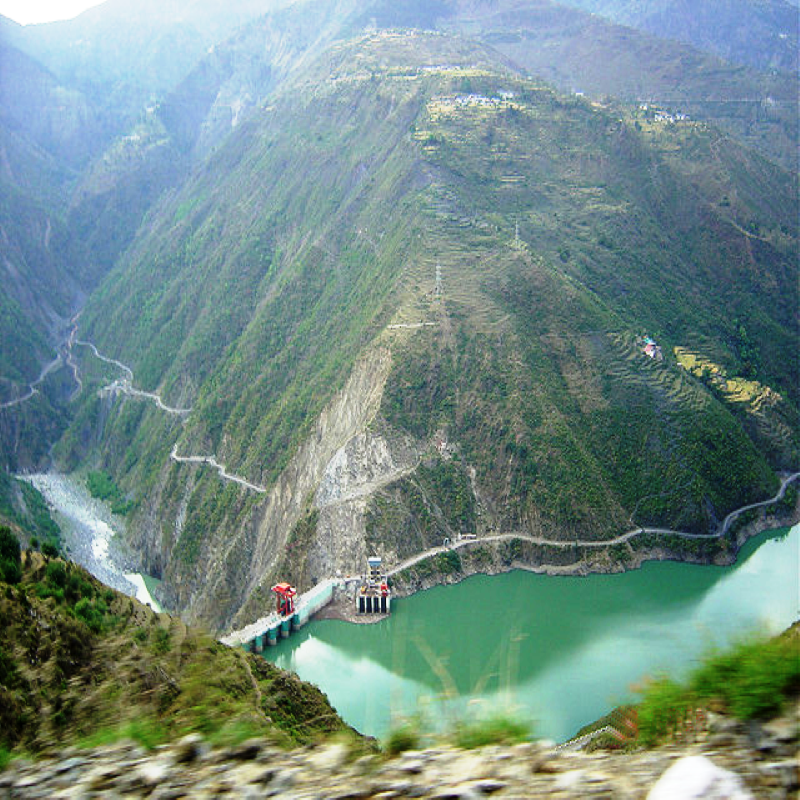Trekking in Ladakh- Padum-Lamayuru Trek|
North of the Great Himalayan range, amongst a tangled knot of jagged mountains, lies a rugged and fascinating land, the once independent kingdom of Zanskar. Sandwiched between the Indus Valley and the main crest of the Indian Himalaya, this remote and inaccessible setting, well guarded by snowy mountain passes, has kept alive an archaic form of Tibetan Buddhism which flourishes in chain of far-flung monasteries, most of which occupy spectacular fortified locations, high on rocky ridges in isolated valleys. Lovely high meadow camp sites and dry desert land, high passes and snow-capped peaks stunning scenery, Buddhist monasteries and picturesque villages with their irrigated fields of barley and potatoes, and fascinating encounters with the Zanskari people turn a trek in this area into an unforgettable experience.
Duration: 11 Days
Best Trekking Season: - June to September.
In June, Pensi La may not be open to vehicular traffic. Cross the pass (13,500 ft / 4,115 m) by foot and walk to Padum (three days) In September, early snows could again block the Pensi La. Otherwise, this pass is open up to mid-end-October.
ITINERARY
Day 01:
Day 02:
Day 03:
Day 04:
Day 05 & 06:
Day 07:
Day 08 :
Day 09 :
Day 10 :
Day 11 :
Important Facts of Darcha Padum Trek
Duration : Maximum - 11 Days
Degree of Difficulty : 5 - Moderate to Rigorous.
How to Reach : All the treks of Leh is connected by 'air' with Delhi, Chandigarh, Jammu and Srinagar to the west and from Manali to the South. If coming Srinagar or Leh, leave the road at Kargil for a long Day's Drive over the Pensi La (open from early July) to Padum. Also walk from Darcha to Padum.
Altitude : The heights of the high passes are Haluma La (16,400 ft / 5,000 m) Singi La (16,600 ft / 5,060 m); Sir La (16,200 ft / 4,940 m). Most walking is between 11,000 ft and 13,000 ft or 3,350 m and 4,000 m.
Highlights of Treks : Monasteries at Karsha, Lingshet, and Lamayuru. Great trans-Himalayan views from the top of the Sirsir La.
Support Services : Pack mules and ponies available through the advanced requirements, but not available on arrival. Food and lodging at Padum, Karsha, Lingshet gompa, Wanla, and Lamayuru.
Emergency : Reasonable medical facilities in Leh, especially in the army hospital, including high altitude rescue facilities. Radio contact only at Padum. Only basic medical facilities at Padum.

















